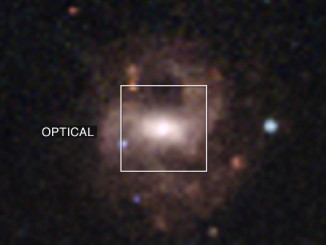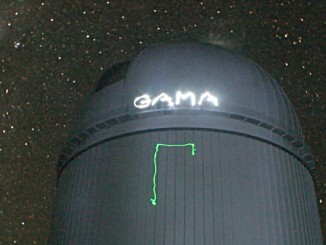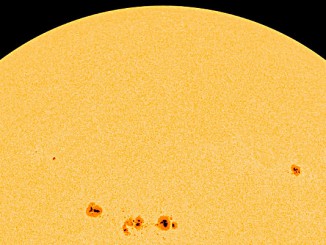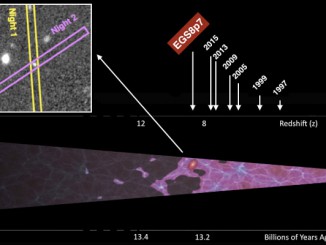
Tiny supermassive black hole discovered in dwarf disc galaxy
Astronomers using NASA’s Chandra X-ray Observatory and the 6.5-metre Clay Telescope in Chile have identified the smallest supermassive black hole ever detected in the centre of a galaxy. This oxymoronic object could provide clues to how larger black holes formed along with their host galaxies 13 billion years or more in the past.









